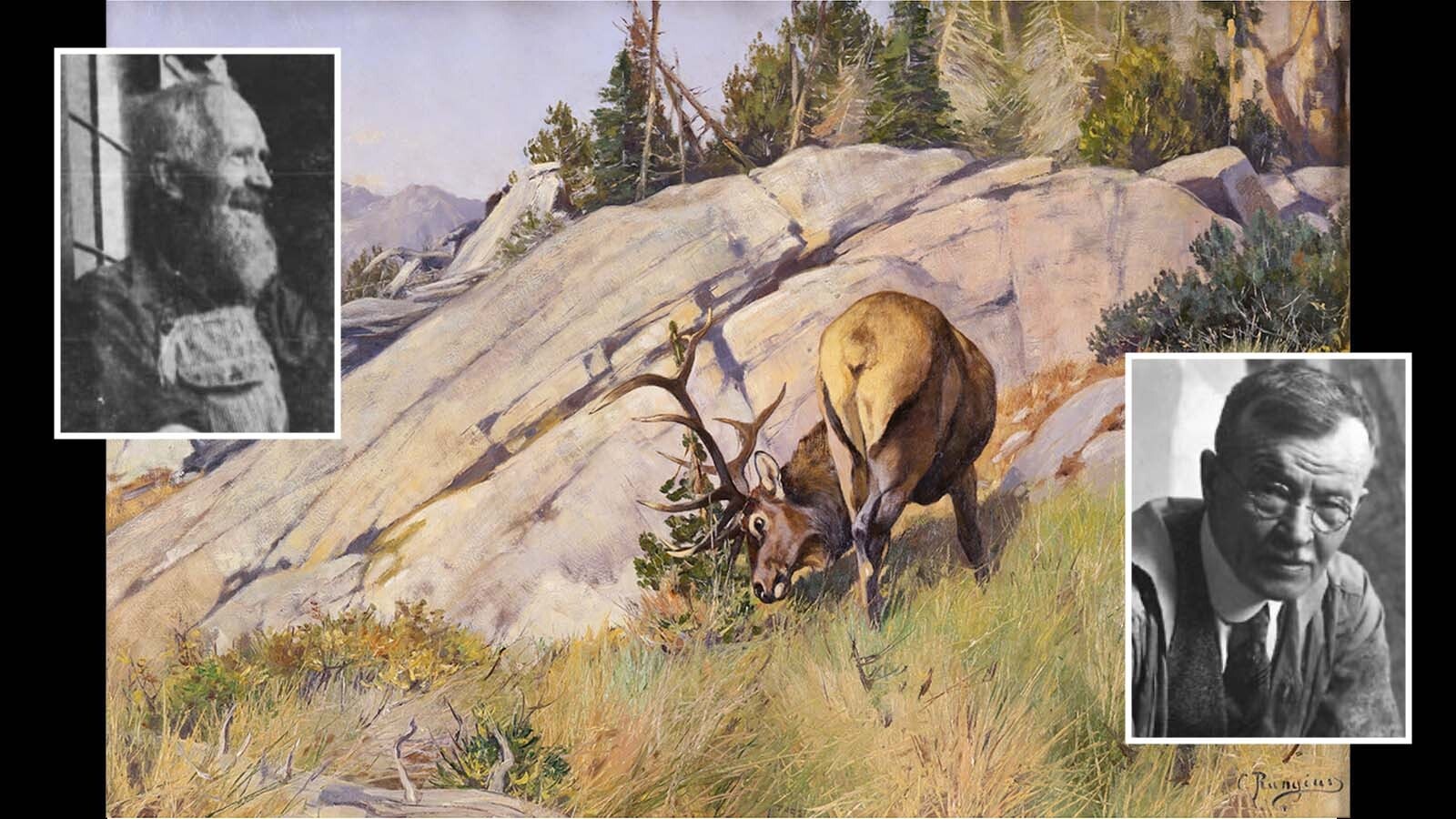The fear and suspicion plaguing our nation when outsiders show up is nothing new. Something similar infected cowboys and spectators alike at Cheyenne’s Frontier Days back in 1908.
Although the visitors giving rise to the suspicion were American citizens and invited there by the rodeo committee, the arrival of three paniolos—native Hawaiian cowboys—to compete in the steer roping event set off a minor firestorm.
The paniolos were widely viewed as foreigners and subjected to race-based prejudice and discrimination. Many competitors were homegrown Wyoming cowboys and that, too, added to animus toward the paniolos.
Authors David Wolman and Julian Smith wrote in Aloha Rodeo: Three Hawaiian Cowboys, the World’s Greatest Rodeo, and a Hidden History of the American West, “When the Hawaiians appeared at Frontier Park, the audience and other cowboys paused to take them in: ornate leather chaps, long rawhide lariats, flowers around their hats, and dark skin—they were different in every way. To locals and tourists in Cheyenne, the paniolo were not just odd; they were interlopers.”
And, “To mainlanders, the idea of a cowboy from outside the state, let alone from Polynesia, taking home top honors was laughable.”
But the cowboy credentials of the Hawaiians — Ikua Purdy, Jack Low, and Archie Ka‘au‘a—were as bona fide as those of any mainland cow hand and cowboying in Hawaii was an occupation of longstanding.
The islands have a long and often thriving history of cattle ranching, reaching back to 1793 and continuing to this day.
Since the Sandwich Islands—as Hawaii was once called—made a convenient place for sailing ships to replenish supplies, British sea captain George Vancouver delivered a few cattle to the islands for that purpose. Other ship’s captains followed suit, and before long there were thriving herds.
Much as had happened in Alta California and would happen in Texas and elsewhere, the natives learned how to handle the animals on horseback from the Spanish-speaking vaqueros of New Spain and Mexico.
And, just as language twisted the word vaquero into buckaroo on parts of the continent, on the islands español became paniolo and Hawaiian cowboys have carried the name ever since.
Of particular note is the establishment and growth of the Parker Ranch on the Island of Hawaii, the “big” island. Founded by John Palmer Parker in 1847 and covering some 130,000 acres of the island, it is still in operation today as one of our country’s largest ranches. The Frontier Days ropers—Purdy, Low, and Ka‘au‘a—all worked or had worked at the Parker Ranch.
But, back to Frontier Days. Then, as now, the celebration was a big event drawing big crowds. Visitors from far and wide descended on Cheyenne, with special excursion trains from both east and west, as well as north from Denver, added to railroad schedules to accommodate the crowds.
Media coverage was widespread, with representatives from newspapers from across the country. The presence of the paniolos offered an added twist to the stories filed by the reporters in their coast-to-coast coverage.
The steer roping contest spread over the three days of the rodeo, with half the competitors roping on day one and the other half the next day. The two ropers clocking the fastest times each day moved on to the third day, with the winner and champion determined by adding the time taken roping and tying that day’s steer with the previous run.
Only Jack Low among the Hawaiians roped the first day, and his run did not qualify him to move on in the competition. The next day Ikua Purdy and Archie Ka‘au‘a took their turn.
At the end of the day, Purdy stood at the top of the competition with a time that seems interminable today—63 seconds—with Ka‘au‘a close behind in second place with a run of 69 seconds. And just like that, no one was laughing at the paniolo ropers anymore and any doubt of their skill with lariat and pigging string was put aside.
But the contest was not over—still to come was the final round that would determine the winner and world champion.
Purdy was the first roper in the round; Ka‘au‘a would rope last. Purdy made a run of 56 seconds, bettering his time in the first round run by seven seconds and setting a high mark for the ropers who followed. No roper between the paniolos challenged Purdy’s time; only Archie Ka‘au‘a could beat him. But his steer struggled free, disqualifying him.
And so Ikua Purdy won the steer roping at Frontier Days and rode away as World Champion—the “interloper” was the best roper.
Utah Historian R. B. Miller can be reached at WriterRodMiller@gmail.com





